Machine Learning and Supply Chain Optimization
EPA System / News & Eventi

Machine learning, or ML, is a field of artificial intelligence that focuses on developing algorithms capable of learning from data and adapting autonomously to improve performance over time.
Optimizing supply chains is a complex challenge, involving the management of numerous variables and timely decision-making. Machine learning can help enhance efficiency and accuracy in supply chain optimization, enabling businesses to reduce costs, optimize resources, and better meet customer needs.
The role of machine learning in supply chain management
Machine learning plays a crucial role in supply chain management by allowing the analysis of large amounts of data in real-time and extracting valuable insights for informed decision-making. Through machine learning, companies can identify hidden patterns in data, pinpoint the root causes of problems, and forecast future supply needs.
An example of how machine learning can be used in supply chain management is the optimization of production planning. Using machine learning algorithms, companies can analyze historical production data, demand forecasts, and other relevant factors to create accurate predictive models. These models can then be used to plan production more efficiently, reducing waste and maximizing resource utilization.
Benefits of using machine learning in supply chain optimization
Utilizing machine learning in supply chain optimization brings numerous advantages. Firstly, machine learning allows for the rapid and efficient analysis of large amounts of data, enabling businesses to make decisions based on accurate and up-to-date information. Additionally, machine learning can help identify patterns and correlations in data that may go unnoticed by the human eye.
Another advantage of machine learning in supply chain optimization is its ability to adapt and continuously improve over time. Machine learning algorithms can learn from data and adjust to new situations, keeping businesses at the forefront of optimizing their supply chains.
Lastly, machine learning can contribute to cost reduction and resource optimization. Machine learning algorithms can identify inefficiencies and areas for improvement in supply chains, enabling businesses to reduce waste and maximize the use of available resources.
Common machine learning algorithms used in supply chain optimization
In the optimization of supply chains, various machine learning algorithms can be employed to achieve optimal results. Some common algorithms include:
1. Regression Algorithms: Used to predict continuous values, such as future product demand or delivery times.
2. Classification Algorithms: Used to categorize objects into different groups, for example, identifying popular products or categorizing suppliers based on reliability.
3. Clustering Algorithms: Used to group similar objects based on specific criteria, such as identifying clusters of related products or optimizing delivery routes.
The use of these algorithms enables companies to achieve optimal results in supply chain optimization, increasing efficiency and reducing costs.
Case Study: Successful Implementation of Machine Learning in Supply Chain Optimization
To better understand the benefits and potential of machine learning in supply chain optimization, consider a case study of a company that successfully implemented this technology.
ABC Company, a leading consumer electronics manufacturer, faced significant challenges in managing its supply chain. Delivery times were often delayed, production costs were high, and inventory management was challenging.
To address these challenges, the company implemented a machine learning-based system to optimize its supply chain management. Using regression and classification algorithms, the company analyzed historical production data, demand forecasts, and other relevant factors to create accurate predictive models.
Through the implementation of this machine learning solution, the company achieved significant results. Delivery times were reduced by 20%, production costs decreased by 15%, and inventory management was optimized, reducing waste and improving product availability.
Challenges and Considerations in Implementing Machine Learning in Supply Chain Optimization
Despite the numerous advantages of machine learning in supply chain optimization, there are also challenges and considerations to be aware of during implementation.
One of the main obstacles is the availability of quality data. To obtain accurate results, machine learning algorithms require a large amount of high-quality data. Robust systems and processes for data collection, storage, and processing are necessary.
Another challenge is the complexity of implementation. Machine learning requires specialized skills and resources for proper implementation. Advanced expertise in mathematics, statistics, and programming is needed to develop and manage machine learning algorithms.
Finally, it is essential to consider the ethical and legal aspects of using machine learning in supply chain optimization. The use of machine learning algorithms may raise issues of privacy and data security, which must be addressed appropriately.
Steps to Implement Machine Learning in Supply Chain Optimization
To successfully implement machine learning in supply chain optimization, you can follow these steps:
1. Identify Key Areas for Optimization: Identify the main areas for improvement in the supply chain, such as reducing delivery times, optimizing inventory, or lowering production costs.
2. Collect and Prepare Data: Gather relevant historical and real-time data for optimization in the identified areas. Clean and prepare the data for analysis.
3. Choose Machine Learning Algorithms: Select machine learning algorithms that best suit the specific needs of the company and the identified optimization areas.
4. Develop and Train Models: Develop and train machine learning models using prepared data. Optimize the models for accurate results.
5. Implement Models: Integrate machine learning models into the company’s technological infrastructure. Ensure integration with existing systems and conduct thorough testing.
6. Monitor and Improve: Continuously monitor the results obtained from machine learning models and make necessary adjustments to improve performance over time.
Using these steps, companies can successfully implement machine learning in the optimization of their supply chains, achieving significant results.
Tools and Technologies for Machine Learning in Supply Chain Optimization In supply chain optimization, several tools and technologies for machine learning can support optimization activities. Some key tools and technologies include:
1. Python: The Python programming language is widely used in machine learning for its ease of use and a broad range of available libraries.
2. TensorFlow: TensorFlow is an open-source machine learning library developed by Google. It is widely used for developing complex machine learning models and training on large datasets.
3. Scikit-learn: Scikit-learn is an open-source machine learning library for Python. It provides a wide range of ready-to-use machine learning algorithms and tools for model evaluation.
4. Apache Hadoop: Apache Hadoop is an open-source framework for processing and analyzing large amounts of data. It is widely used in machine learning for data management and processing.
The use of these tools and technologies can simplify the implementation of machine learning in supply chain optimization and enhance the efficiency of optimization activities.
Future Trends in Machine Learning and Supply Chain Optimization
Machine learning is evolving rapidly, and its applications in supply chain optimization are becoming more advanced. Some future trends in this field include:
1. Agent-Based Artificial Intelligence (AI): The use of intelligent agents to automate and optimize activities in supply chains. Intelligent agents can make autonomous decisions and adapt to new situations.
2. Real-Time Data Analytics: Real-time data analytics is becoming increasingly important in supply chain optimization. The use of real-time machine learning algorithms enables timely decision-making and quick adaptation to changes.
3. Integration with the Internet of Things (IoT): Integrating machine learning with IoT allows for real-time data collection from sensors and smart devices in the supply chain. This data can be used to optimize supply chain activities and improve product traceability.


